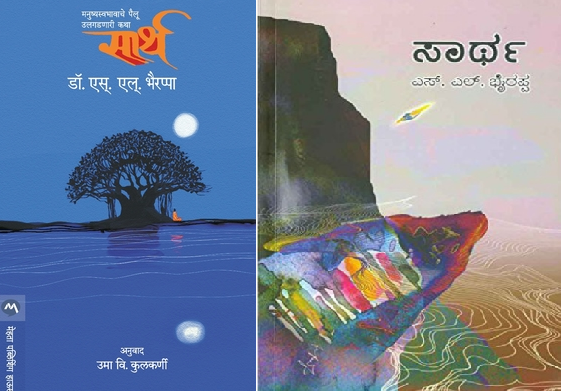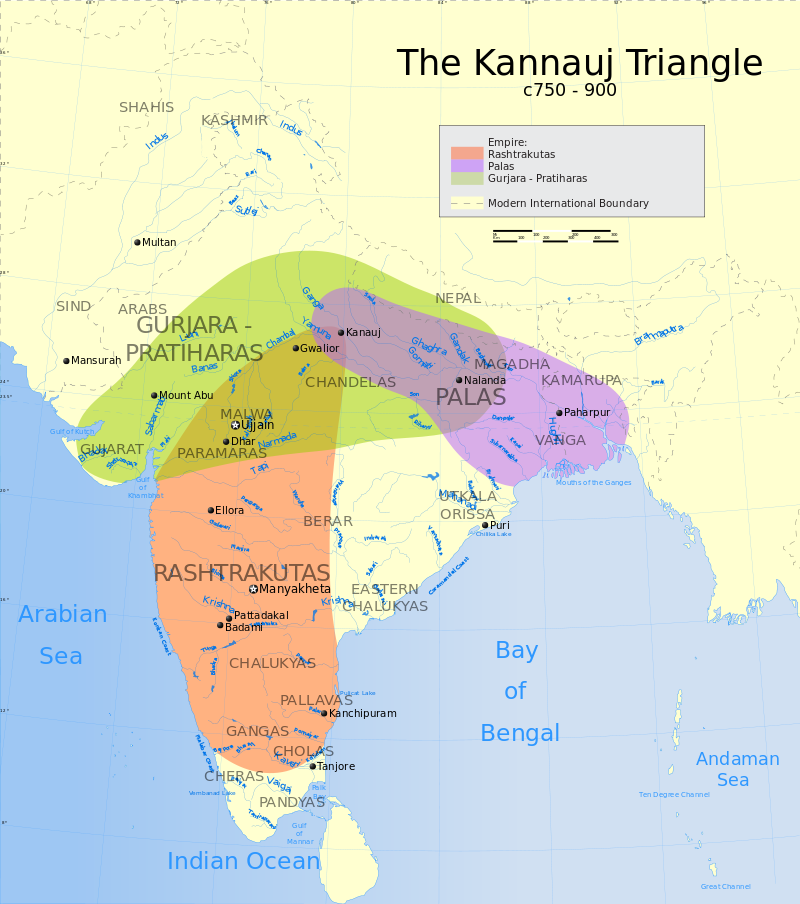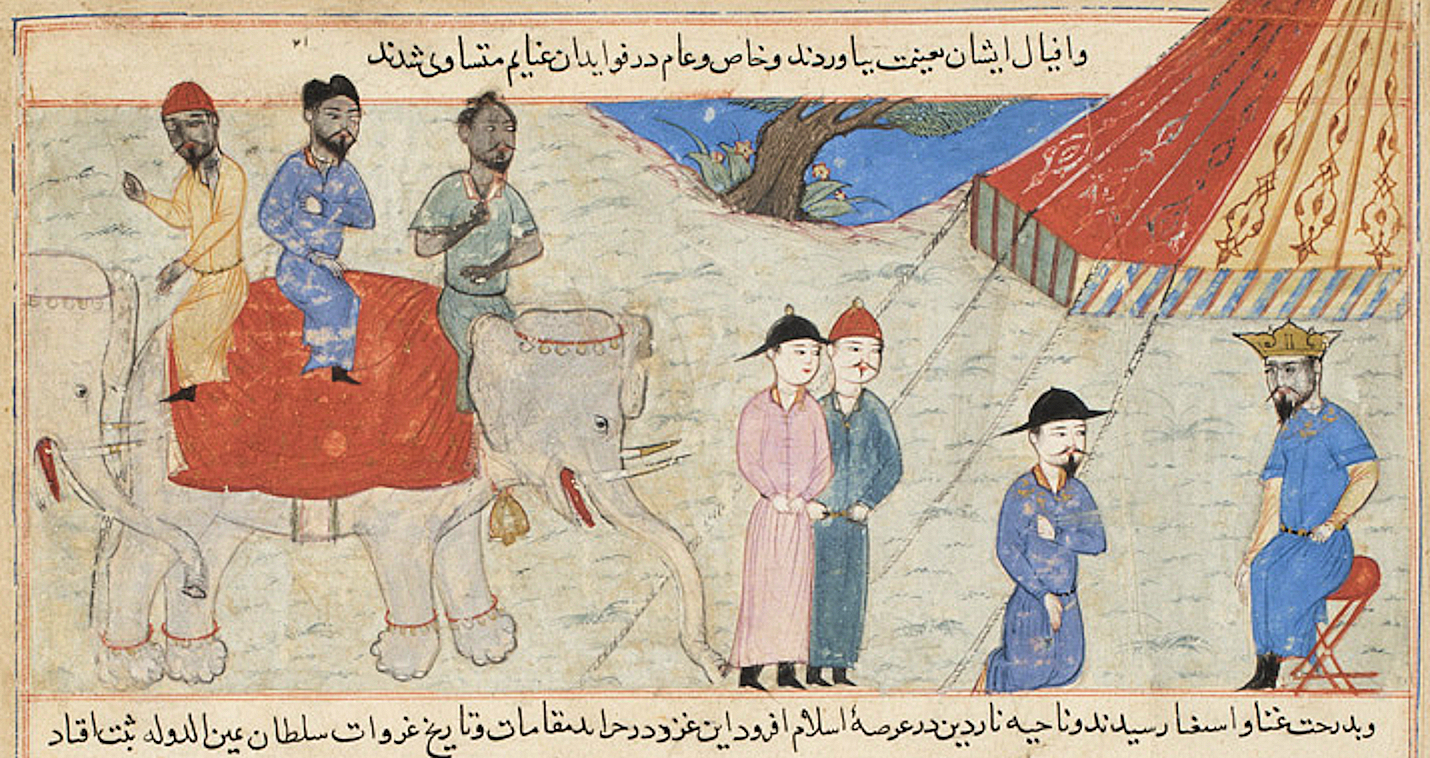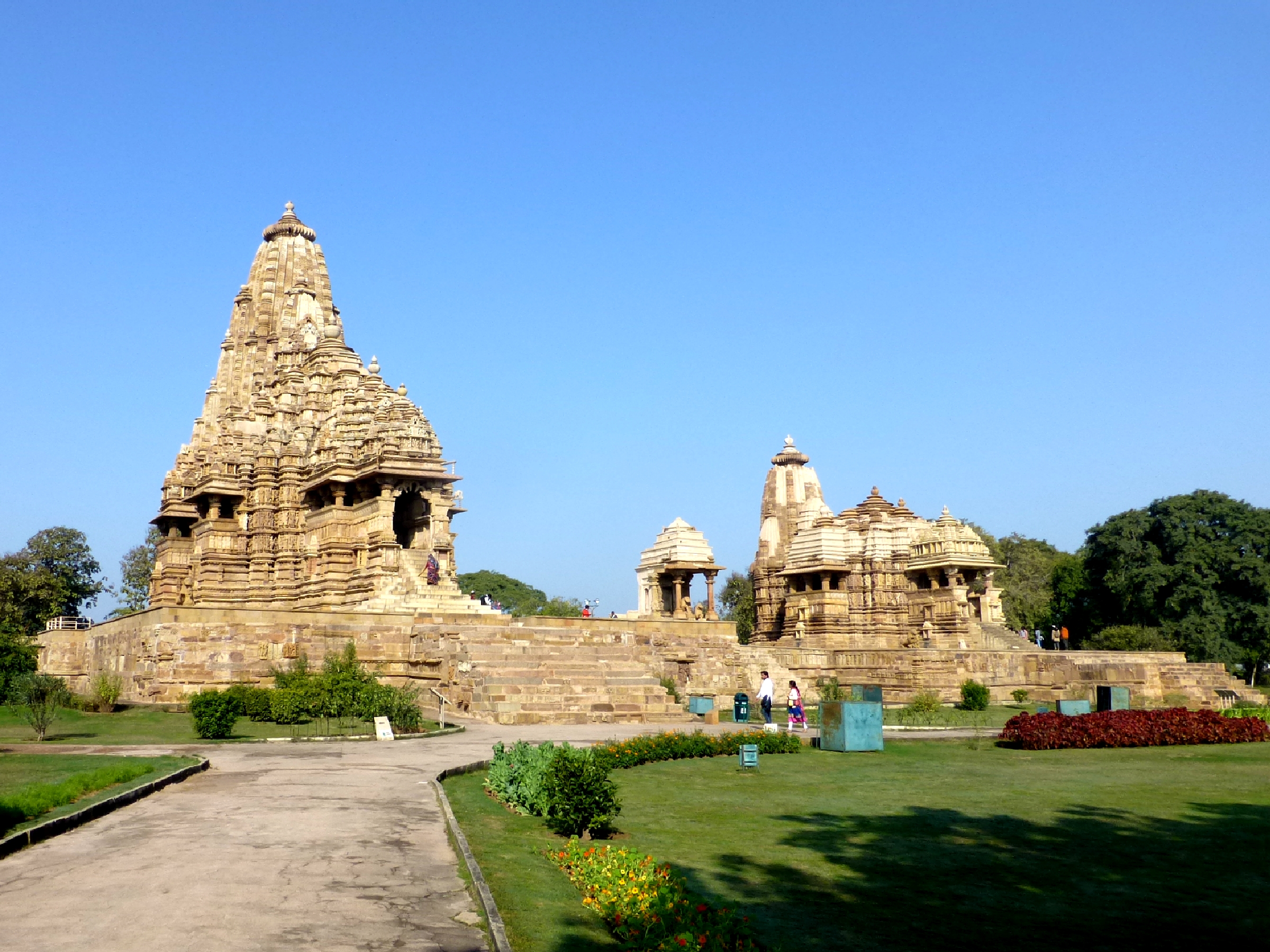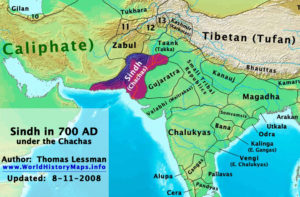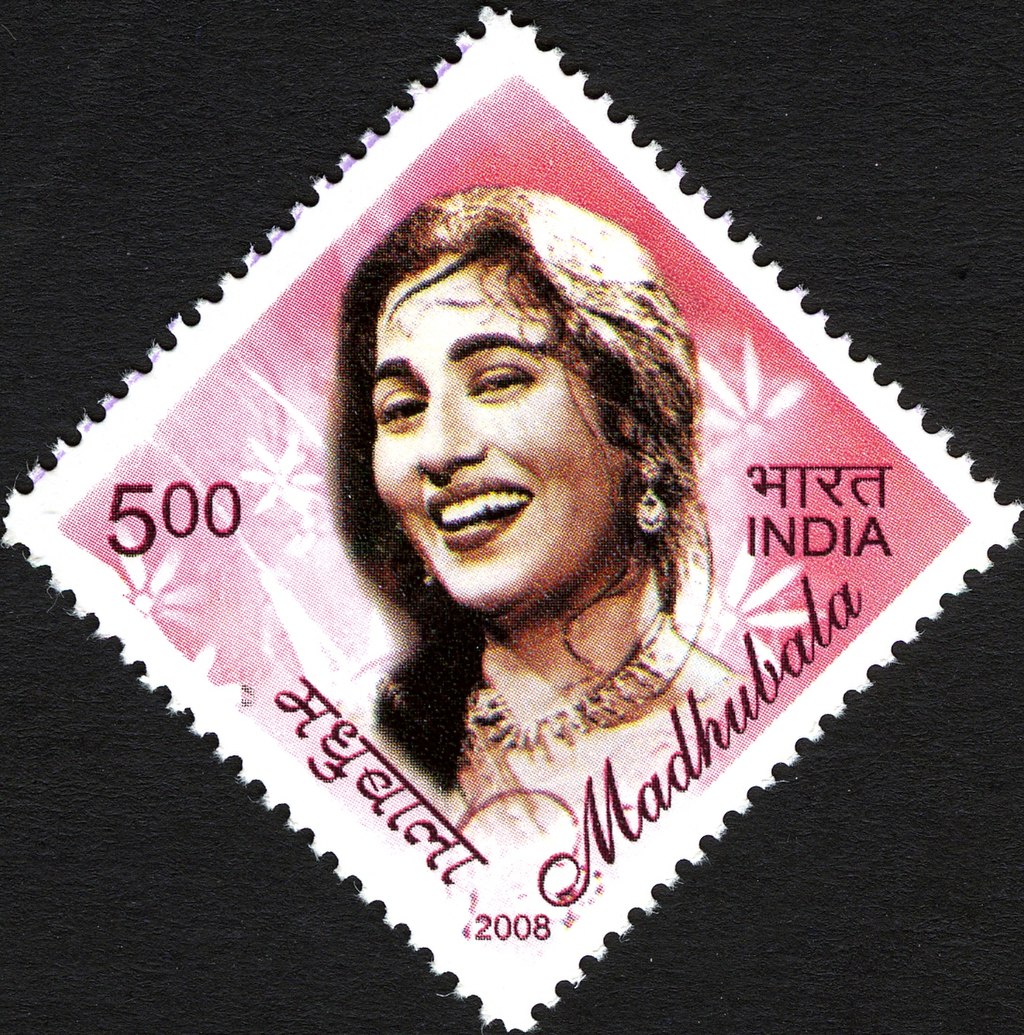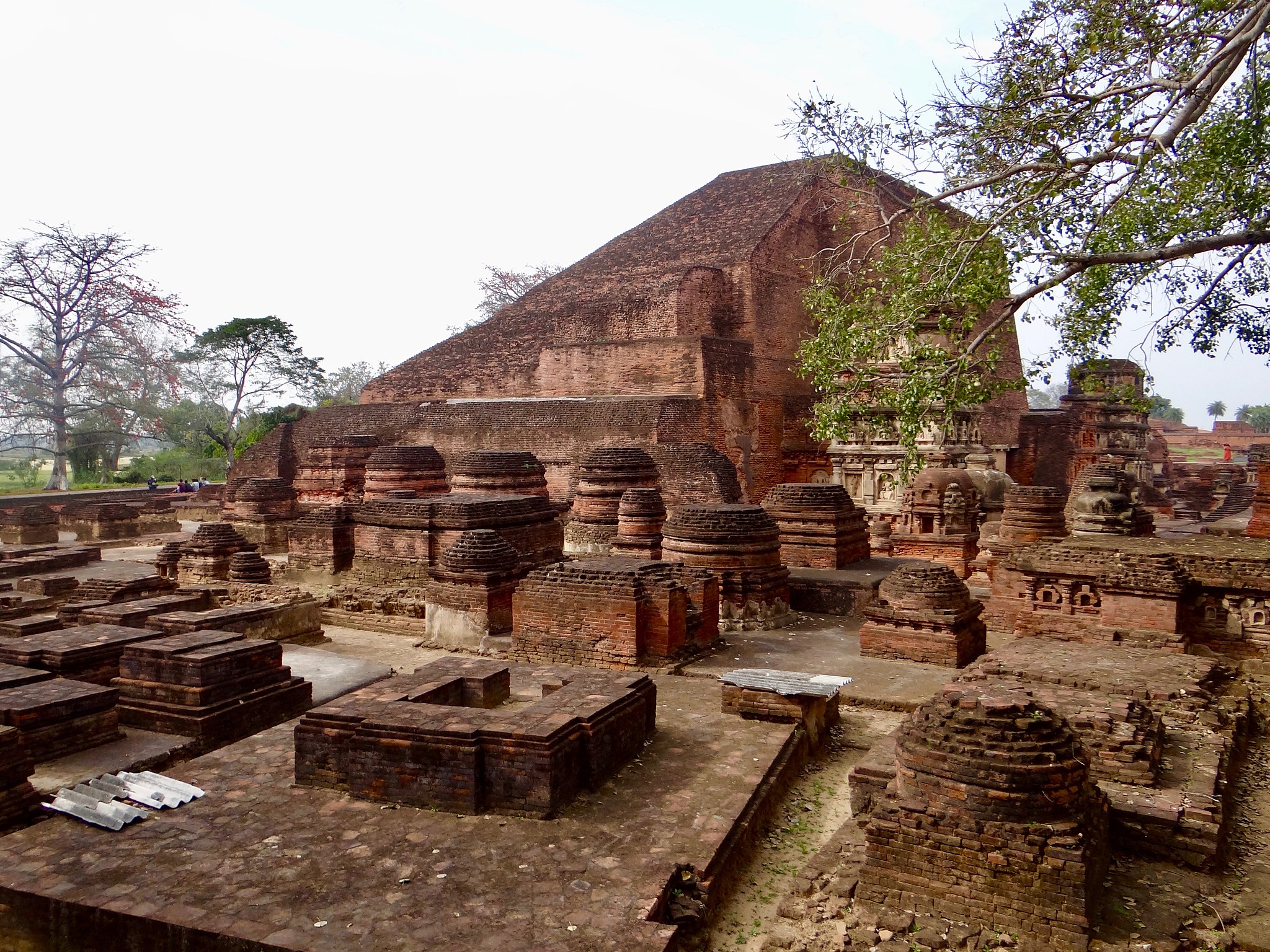A few months old, but worth a read.
From Dr Hamid Hussain
“A friend is someone who tells you the truth; not someone who believes in you”. Late King Abdullah Bin Abdul Aziz.
I usually do review of army chief’s tenure. I do critical part when chief is in uniform and things done right when he hangs his boots. This is the first part. I know that this kind of work makes many officers uncomfortable but as they say ‘it is a dirty job; but somebody got to do it”.
غرور جاں کو مرے یار بیچ دیتے ہیں
قبا کی حرص میں دستار بیچ دیتے ہیں
یہ لوگ کیا ہیں کہ دو چار خواہشوں کے لیے
تمام عمر کا پندار بیچ دیتے ہیں
Regards,
Hamid
(TRANSLATION OF THE URDU COUPLETS: My friends sell their pride; To acquire a robe they sell their head covering. Who are these who for a few wishes; Sell an entire life’s treasure of self-respect)
General Qamar Javed Bajwa
General Qamar Javed Bajwa is in the last year of his extended six years tenure as Chief of the Army Staff (COAS). Army is the most powerful institution of the country and COAS works behind the scenes and influence important policy decisions. This has been a preferred option for the institution to avoid controversy and even accepted by all major political forces of the country. This is a critical review of General Bajwa’s tenure in the context of his political role and running of the army.
General Bajwa was appointed COAS in November 2016 at a time of strained civil-military relations. General Bajwa inherited the institutional decision of political engineering project of actively supporting a third force under the leadership of Imran Khan. This project was later called a ‘hybrid regime’ as it involved active participation of the army in the political process rather than constitutional role of active support of a duly elected civilian government. This became a slippery slope and institution got entangled in political mud fights. There were two major reasons.
First, Pakistan Tehreek-e-Insaaf (PTI) government headed by Prime Minister Imran Khan is a thin majority government supported by allies who were brought into the tent by the army by incentives or arm twisting. Second, Imran Khan was unable to switch from the role of an opposition leader to a head of the government. This had a negative impact on his relations with his allies as well as day to day governance. Army had to step in several times to tackle internal governance as well as some foreign policy issues. In this General Bajwa had full support of his senior brass. However, the negative fallout was that the institution became controversial for such an overt political role.
Opposition leader Nawaz Sharif in his speeches started to name senior army officers that was unprecedented and resulted in embarrassment. This combined with deficient performance of the government and serious economic crisis resulted in criticism of the army. This perception resulted in blaming of the army even in cases where government was using civilian levers to gag opposition and try to rig some by-elections. Army is overly concerned about its public image, and this made senior brass very uneasy.In the summer of 2019, I became aware that General Bajwa was positioning himself for an extension. I am against extension of tenures of senior army officers as it seriously erodes professionalism of the army and creates friction among senior brass. My view is based on the sordid history of extension business in Pakistan army. In my view, three years tenure of Chief is a blessing and best instrument to safeguard institutional interest as new Chief can sweep the slate clean and start over again. Tinkering with it by extension has seen reputations ruined and institution badly bruised. At that time, I wrote following and shared with some officers:
“2019 looks more like 2007. General Pervez Mussharraf had come under criticism from different quarters of society and in the process army’s reputation was sullied. Change of command provided an exit. General Ashfaq Pervez Kayani slowly consolidated his command by sidelining old guard and then convincing all players that army has turned a page. The possible exit for the army is change of command in November 2019. However, personal interests of three key players; Prime Minister Imran Khan, army chief General Bajwa and Director General Inter-Services Intelligence (DGISI) Faiz Hamid now converge where extension of General Bajwa is being seriously considered. A three-year extension will serve all three parties. Bajwa to enjoy few more years of private jet and being the expert gamekeeper at the national park. Imran Khan will be seriously thinking about giving him an extension to make sure that an unknown factor does not come into equation. Imran is faced with enormous challenges. However, he has not been able to put his house in order. Rising economic woes and diverse opposition groups coming closer can cause many headaches. Having army brass in his corner is important to weather any storm. He would prefer to continue with known entity than venture into unchartered territory. In case of three years extension, Faiz will be among top contenders in 2022. After 18-24 months as DGISI, Bajwa can appoint him Corps Commander to make him eligible for the top slot. I am not in favor of any extension but especially in case of Bajwa, negative fallout for the army is manifold. Army is seen no more as a neutral body and extreme polarization of Pakistani polity is now directly affecting army as an institution.”
Imran Khan announced three years extension and General Bajwa lost all moral authority. In my interaction with dozens of officers of all ranks, I have not found even one who supports extension of tenure. Off course, they cannot express their views publicly. Ironically, General Bajwa was able to rally his institution when Chief Justice Asif Saeed Khosa entertained the petition that challenged General Bajwa’s extension (it was disposed of asking government to just legislate it). Now, even those who disagreed in principle, fully supported General Bajwa to make sure that no one can challenge army’s pre-eminence.
General Bajwa’s decisions about promotions and postings followed the normal process and he did not deviate from the norms. Two areas raised eyebrows in the army circles. One was picking some Major Generals from obscure and sidelined posts, promoting them to three-star rank and giving them prized postings. This was viewed as an attempt to give an impression of personal favor and hence adding ‘smiling nodders’ at ‘the long table of the knights.’ Second was promoting and giving prized postings to officers from his alma mater Baloch Regiment. The list includes four Lieutenant Generals; all with prized postings including three to be the top contenders to succeed him in 2022. There is also a lengthy list of Balochi Major Generals given prized command, staff and instructional appointments that improves their profile for further promotion. It is important to note that all these officers are qualified for promotions. However, competition is very tough from Brigadier and upwards ranks and posting; a sole prerogative of Chief can give edge to the officer.
In 2019, promotions of two officers; Faiz Hamid and Asif Ghafoor to lieutenant general rank created problems for the institution. During review process of promotions, I strongly advised against promotion of both officers. This was not about qualification of the officers but due to negative fallout for the institution. Faiz Hamid served as Director General of Counterintelligence (CI) directorate. Internal security wing of CI manages political tasks of the army. Spooks are successful only when they are not seen and heard. Hamid was extremely careless and against all norms, tried to do everything with his own hands. At that time, I wrote that “ Faiz Hamid has managed political tasks of the institution and his promotion may create potential problems if some damaging information becomes public while he is still serving at a senior position.”
I was referring to the information that at that time former Prime Minister Nawaz Sharif was accusing him of encouraging defection from Pakistan Muslim League ranks during 2018 elections but only privately to close associates and not publicly. In November 2017, a religious party blocked major highway to Islamabad for several days paralyzing the capital. Army negotiated a settlement between the government and protest leaders that was dubbed by many as abject surrender of government authority. The last sentence of the agreement clearly stated that this agreement was reached due to the efforts of army chief and his team. Faiz Hamid signed that document on behalf of the army. In early summer of 2021, I wrote about this phenomenon and its negative impact on the institution that “ I’m strongly against senior officers doing everything with their own hands. Many controversies could have been easily avoided if junior officers or in case of ISI retired contract officers were given such tasks (i.e., Faiz Hamid signing the TLP contract, DG Rangers handing money to protestors; a task which a Havildar could have easily done). In case of problem, retired/junior officer can be eased out with less negative fallout for the army. Chief is partly to blame for this mindset as he is meeting everyone and his cousin. He should have assigned such tasks to a junior officer to represent GHQ.”
About Ghafoor, I wrote “Asif Ghafoor has been the public face of the army and as Director General Inter Services Public Relations (DGISPR), he was conveying message of the army brass to the country. In this capacity, he became the public face of many controversies during civil military relations crisis of 2017-18. He was simply a messenger, but his elevation will be bad optics.”
My view was that as there are only about two dozen Lieutenant Generals therefore their promotion will create problems about accommodating them to low profile postings. I suggested that after supersession, both can be rewarded by giving them a lucrative post-retirement position in army-controlled corporations. When I became aware that General Bajwa has decided to promote both officers, I thought the middle ground to prevent negative fallout for the institution would be to give them second or third tier staff postings away from the limelight. Appointment of Hamid as Adjutant General (AG) and Ghafoor as Inspector General Communications & Information Technology (IG C & IT) looked like a safe bet. However, few months later when Hamid was appointed Director General Inter-Services Intelligence (DGISI), I concluded that General Bajwa has taken the institution into the mud puddle. In view of the role of DGCI in Pakistani context, elevation of DGCI as DGISI usually does not bode well for the concerned officer as well as the institution. Recent example of Lieutenant General Zaheer Ul Islam was the case in point.
Army suffered a serious setback when what is talked in hushed voices in drawing rooms is now discussed publicly. General Bajwa and Hamid’s name came up in opposition rallies, senior officers discussed in the mainstream media and ridiculed on social media. Army was blamed for the dismal performance of the government and army was forced to retrace its steps to go back to the drawing board.
Chief informed Imran that after three years of unqualified support, army will now take away the training wheels and move into its own lane. This was in early summer of 2021 when I became aware of it. I thought that this will lead to gradual divergence of path of Imran Khan and General Bajwa. I had been advocating that it was in institutional interest to step back and shared with many officers. One senior retired officer with fingers on the pulse of the events responded that “The reason that I think your advice to step back on matters like Justice Isa is not likely to be taken is because the institution, especially its head, has dug itself too deep in the hole. Probably a clash between IK and QJB (you have alluded to it) might cut the Gordian Knot.”
Later, army also sent reconciliation messages to two major opposition parties. These overtures rattled Imran Khan who saw this move as army brass undermining his rule. In the fall of 2021, friction between Imran Khan and General Bajwa on appointment of DGISI quickly turned into a rapidly widening gulf. I was completely baffled by this action of Imran Khan that made absolutely no sense. It was all downhill from that point. Now, army must keep a close eye on Imran Khan as he is mercurial and can throw a wrench in the machine causing new headaches.
General Bajwa periodically meets with a select group of journalists and social media activists. Most participants hold sympathetic view about the army that is fine. However, same group is also publicly denouncing opposition politicians and dissident judges and journalists. They may be expressing their personal views, but it is viewed as being done at the behest of the army and gives the impression of General Bajwa directing this crusade. These meetings are private and non-attributable. However, leaks start literally within minutes after the meeting as participants want to show off their connection with the fountain of power of Pakistan. When General Bajwa’s appointment was announced in the winter of 2016, he met few journalists and told them that he was looking forward to more interactions in the future. Some of us familiar with this terrain, cautioned against these interactions as such conversations quickly leak and make Chief controversial.
Full time involvement of COAS with political engineering meant that there was little time for other key areas. General Bajwa was unable to chart a new path in Baluchistan. Focus was only on throwing more bodies at the problem. Securing key centers and communications is an important task, but it needs to be complemented by engaging population and finding political solution including addressing forced disappearances and extra judicial killings. Alienation of Balochs is now almost complete affecting all segments of Baloch society.
More importantly, he mishandled the Pushtun Tahaffuz Movement (PTM) issue and in the process missing a chance of shaping post-conflict environment of the battle areas of former Federally Administered Tribal Areas (FATA). PTM is a grass root movement and by publicly and directly confronting it, army lost a large segment of tribal society that was its natural ally. Direct public confrontation emanating from General Bajwa and DGISPR was a case of poor judgement. This was despite the advice of caution by some senior retired Pushtun officers when General Bajwa invited them for a discussion on this subject. In my view absence of Pushtun officers at important higher command and intelligence posts contributed to mishandling of this issue.
A new element of management of higher judiciary called by some senior armed forces officers as ‘new frontier’ has dragged the army into new controversy and in the process earned the ire of some segments of the judiciary and a large segment of lawyer community. This was completely avoidable, but anger trumped the better sense. Justice Qazi Faiz Isa passed some remarks in his judgment against Faiz Hamid that had no practical implications. In few weeks, this would have faded away from the memory. However, army brass decided to retaliate against Justice Isa compounding the initial folly. The result of this futile exercise is that some justices are passing remarks in their judgements that embarrass defense establishment. This is more to show to the public that they are independent. The real threat is that Justice Isa may take his sweet revenge in time when he becomes Chief Justice in 2023. If Hamid is selected as army chief, then there is a clear and present danger of direct clash between army chief and Chief Justice.
I became aware of possibility of army’s potential clash with higher judiciary when after some negative remarks, there was talk of filing a reference to Supreme Judicial Council against Justice Gulzar Ahmad and Justice Isa. Sane voices at Judge Advocate General (JAG) branch warned against these moves. Unfortunately, anger of DGISI rather than a well thought out plan was the driving force. I strongly advocated against opening this front as this was unchartered waters. In fact, I argued that army will need the help of judiciary to solve the thorny issue of internment centers and forced disappearances. I recommended that now with a friendly government, a high-level coordination committee with members from government, army and judiciary should work for a framework of legislative and judicial measures to resolve the issue of people in military custody. General Bajwa asked Chief Justice Asif Saeed Khosa for help in this matter, but it was too late as army had already picked a fight with higher judiciary. Judiciary was divided by this time and Justice Khosa did not want to leave his office with allegation of working as handmaid of the army. He excused himself by stating that this will cause a constitutional crisis.
General Bajwa is in the lame duck last lap of his tenure and there is truly little that he can do that can shape the environment. He can do limited actions to provide room for his successor. As momentum is building up against Imran Khan to bring down his government, there is lot of uncertainty regarding his moves that can directly impact the army senior brass. Dangling the carrot of another extension to General Bajwa or early announcement of his successor to make Bajwa a lame duck chief are two possibilities. In view of deep mistrust and now clearly visible of anger of Imran against General Bajwa makes first possibility less likely. Early announcement of new Chief eight months before the retirement of General Bajwa will put a lot of strain on senior brass. The nuclear option is sacking of General Bajwa that will result in a crisis.
Earlier my view was that sometime in the summer, General Bajwa should move Hamid from Peshawar based XI Corps and park him in the sideline to complete his tenure. This will effectively take him out of the race as he will not meet the new criteria of command of a Corps for one calendar year. In view of rapidly changing scenario, it will be prudent to move Hamid sooner rather than later. Ghafoor can be kept at his current post to complete his tenure. Keeping Hamid at his current post and giving Ghafoor a high-profile command or staff appointment will add new uncertainties and complicate things for his successor.
In my view, policies adopted by the army as an institution in the last few years has unwittingly brought the institution into a dead-end street. The major risk is that in the dead-end street, one is an easy target for snipers. Army’s pre-eminence is accepted by everyone in the country, and it was able to achieve its objectives without taking direct control. It was ankle deep in politics and that was manageable as one only had to change the boots and keep uniform clean. Marching right into the mud of the political pig pen was not a smart move as mud has splashed all over the uniform. Now, uniform needs to be changed and washed. This will be the challenge for the next Chief.
Hamid Hussain
coeusconsultant@optonline.net
10 February 2022
